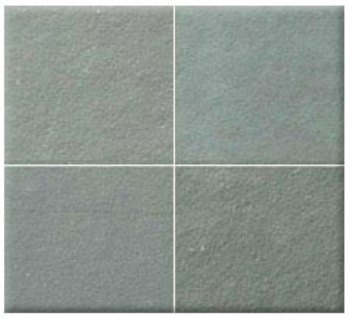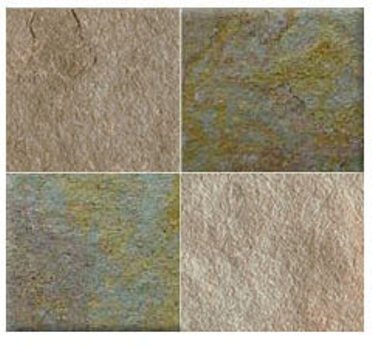North Limestone
All about Limestone
Limestone exhibits no preferential direction of splitting and can be cut and carved in a wide variety of shapes and sizes. Thus, it can be sawed, planed, turned on a lathe or hand worked to match the requirements of demanding architectural designs. Limestone has proven its use from simple treads and pavers to landscaping structures and bridges, to soaring cathedrals over and over again.
One benefit that has made limestone a choice product is the consistency of deposit. While subtle color and grain differences are present, limestone is extremely homogenous for a natural product. This is important, not only for the current project being built, but particularly when future expansions are contemplated.
When specifying building stone for structures that are expected to endure for generations, limestone is a great choice. Many colleges and universities across the country boast limestone buildings that are over one hundred years old. They continue using this venerable material in new construction, allowing them to match existing buildings and to maintain the context of their campuses.
Though the limestone used for construction is good for humid climates, it is vulnerable to acids, making acid rain a problem when it occurs in places where limestone is used extensively. The acids in the water can wear away the details of statues and other art.
Showing all 4 results





